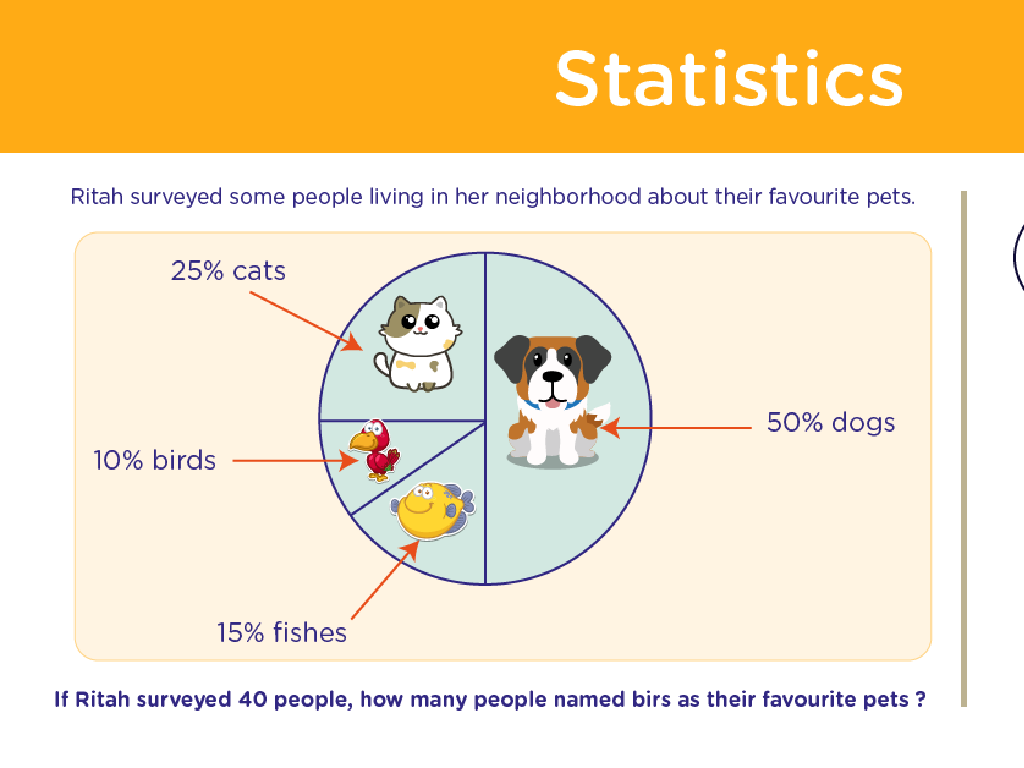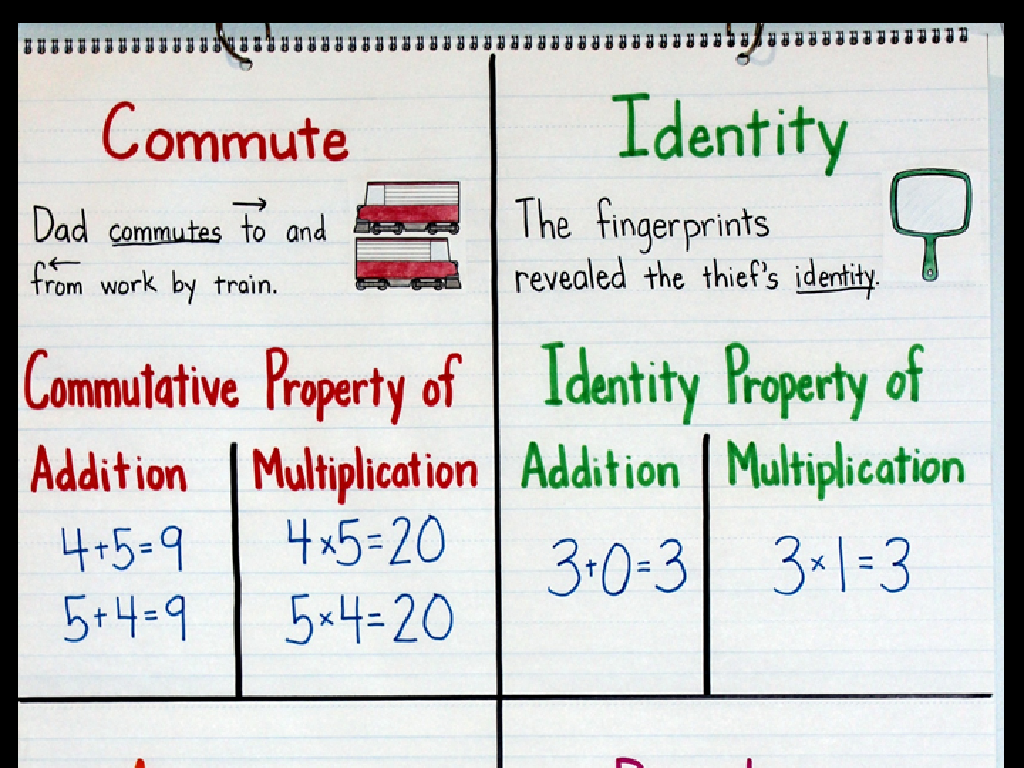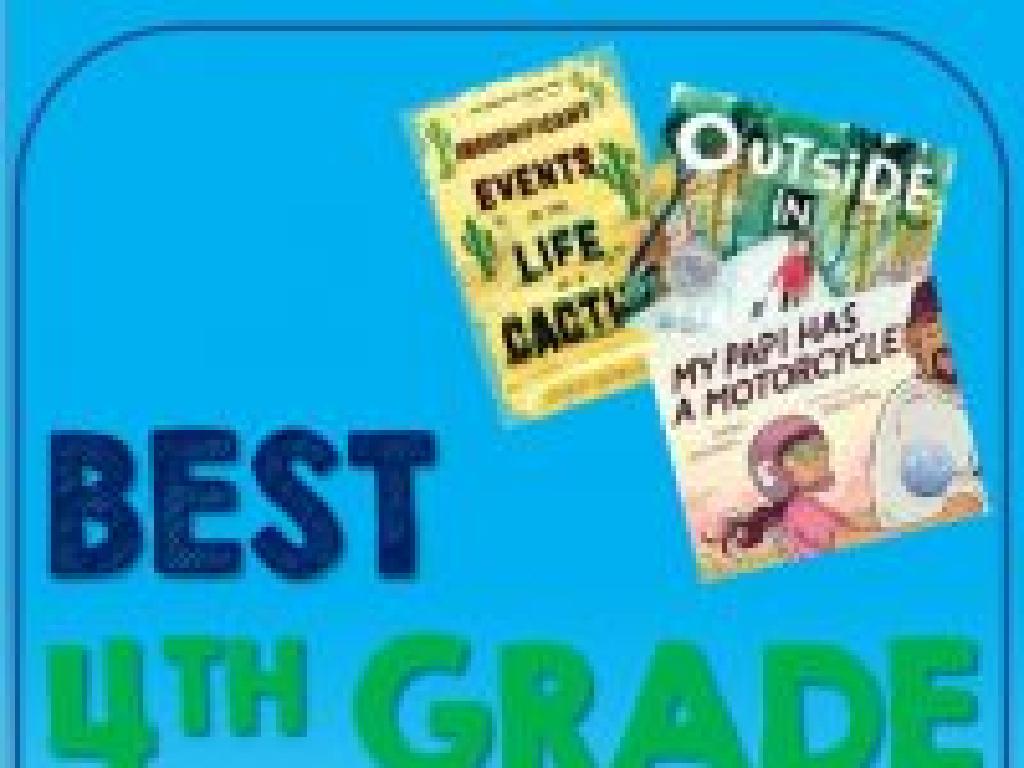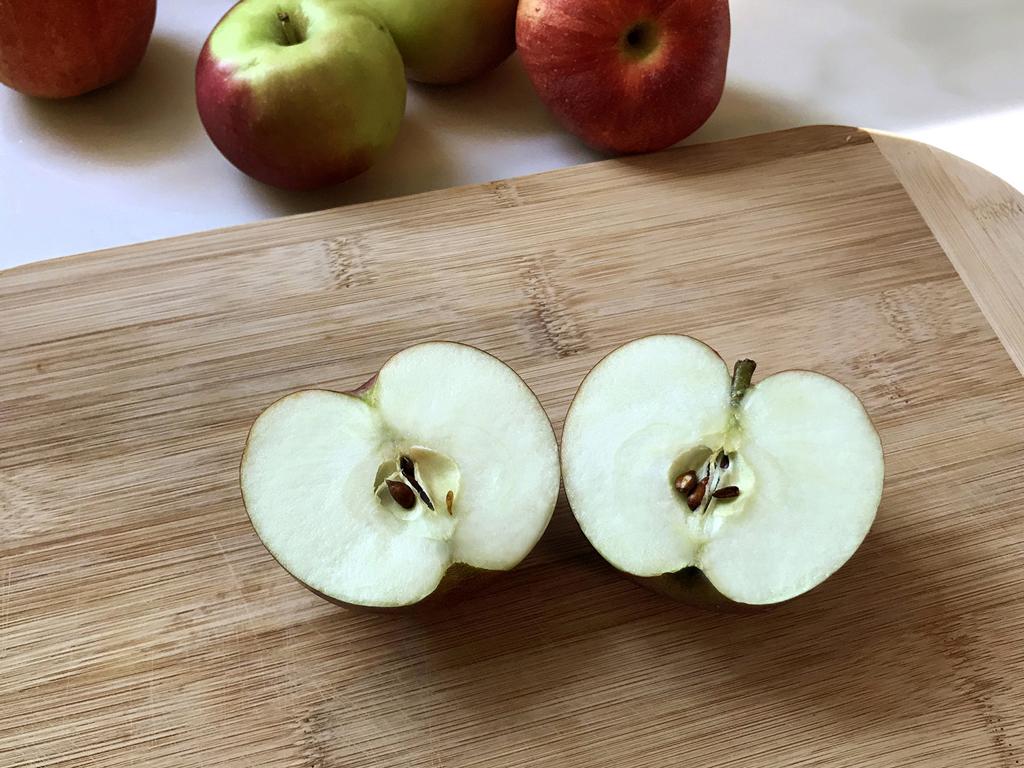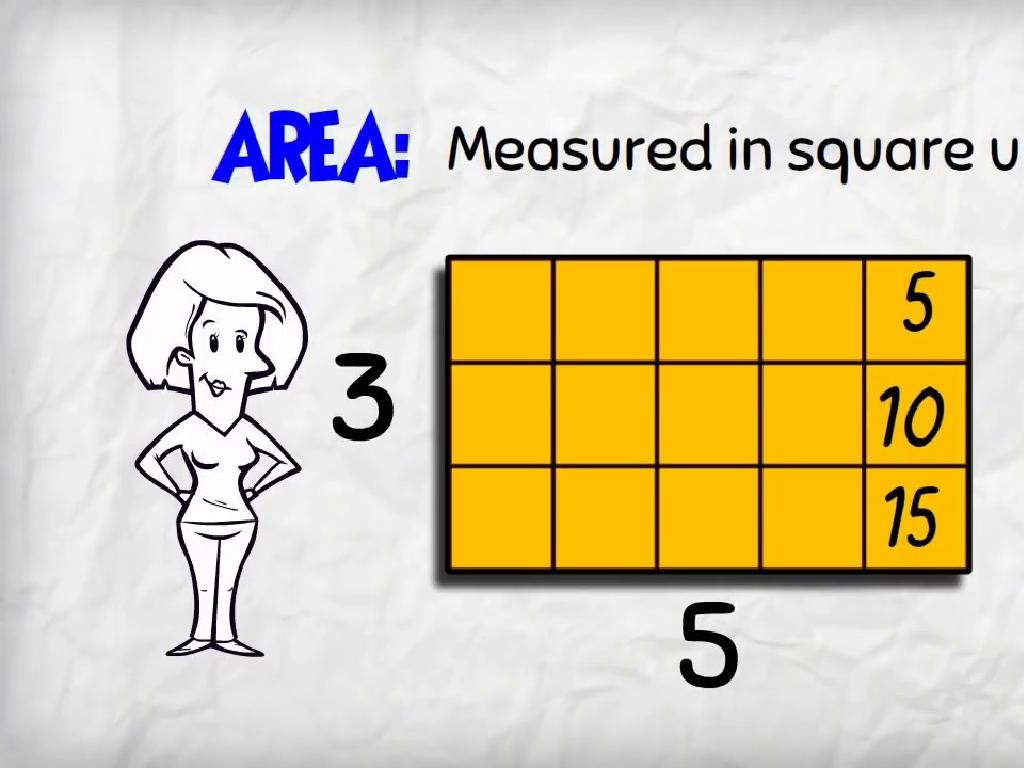Observe And Compare Traits
Subject: Science
Grade: First grade
Topic: Traits
Please LOG IN to download the presentation. Access is available to registered users only.
View More Content
Welcome to Traits Exploration!
– Become a trait detective
– Discover what makes us unique
– Traits are features like hair color or shape of leaves
– Learn to observe traits
– Look closely at hair, eyes, skin, and more
– Compare traits with friends
– How are you and your friends alike and different?
|
This slide introduces the concept of traits to first graders, encouraging them to become ‘trait detectives.’ The goal is to help them understand that traits are characteristics that make each person or thing unique. Provide examples of traits such as hair color, eye color, leaf shape, etc. Explain that observing is about looking closely and carefully at these traits. Then, guide them on how to compare their observations with others, noting similarities and differences. This activity will help develop their analytical skills and appreciation for diversity. Encourage them to be respectful and positive about differences they observe.
Exploring Traits
– Traits define our features
– Examples: hair and eye color
– Like brown hair or blue eyes
– Leaf shape and flower color
– Maple leaves are different from oak leaves
– Traits can be inherited
– Traits from parents to kids
|
This slide introduces the concept of traits to first graders. Traits are specific features or characteristics that make each person, animal, or plant unique. Use simple examples that children can easily observe and relate to, such as hair color, eye color for humans, and leaf shape or flower color for plants. Explain that traits are not just about appearance but can also include behaviors and abilities. Emphasize that many traits are passed down from parents to their children, which is why family members may look alike. Encourage students to think about their own traits and those of their classmates to foster an understanding of diversity and inheritance.
Observing Traits Around Us
– Notice everyone’s unique traits
– Hair color, eye color, and height are traits
– Observe traits in animals and plants
– Look at fur patterns on animals or leaf shapes in plants
– Traits make each of us special
– Traits help us recognize living things
– Like how we know a cat from a dog or a rose from a tulip
|
This slide aims to introduce first graders to the concept of traits, which are characteristics that make living things unique. Encourage the students to look around the classroom and identify the different traits they see in their classmates, such as hair and eye color or height. Extend this observation to animals and plants, pointing out that traits are not just limited to humans. Explain that traits are important because they help us tell different living things apart, like distinguishing between different types of animals and plants. During the class, you can have the students draw pictures of their observations or bring in leaves or pictures of animals to discuss the various traits they notice.
Comparing Traits in Nature
– What does comparing traits mean?
– It means finding what’s alike and different.
– Comparing leaves by size, shape, color
– Look at leaves: Are they big or small? Long or round? Green or yellow?
– Why comparing traits is helpful
– It shows us the variety in traits.
– Observing differences and similarities
|
This slide introduces the concept of comparing traits to first graders. Start by explaining that traits are characteristics or features that we can observe. When we compare traits, we are looking for similarities and differences among them. Use leaves as an example because they are easily accessible and relatable for children. Show them how to observe and describe the size, shape, and color of different leaves. Discuss how comparing traits helps us understand and appreciate the diversity in the natural world. Encourage the students to bring leaves from home to compare and contrast as a class activity.
Traits in Our Classroom
– Create a class traits chart
– Include hair and eye color
– What hair and eye colors do we see?
– Add favorite fruit to chart
– Each student shares their favorite fruit
– Observe our traits variety
– Notice how we are all unique!
|
This activity is designed to help first-grade students observe and compare traits among themselves, fostering an understanding of diversity and individuality. By creating a chart that includes hair color, eye color, and favorite fruit, students will visually grasp the concept of traits. It’s a hands-on activity that will engage the students and make the learning process interactive. Teachers should guide the students in discussing the importance of each trait and how it makes each person special. Encourage students to appreciate the differences and similarities they share with their classmates. This activity also serves as an introduction to data collection and representation in a simple, age-appropriate manner.
Activity Time: Trait Scavenger Hunt!
– Let’s hunt for traits in class
– Find a friend with a different hair color
– Notice how hair color varies among us
– Look for the same eye color
– Eyes can be brown, blue, green, etc.
– Draw or write the traits you find
– Use your sheet to record your discoveries
|
This activity is designed to help first graders observe and compare traits among their classmates in a fun and interactive way. The scavenger hunt will encourage them to pay attention to the diversity of physical characteristics such as hair and eye color. Provide each student with a scavenger hunt sheet where they can either draw or write the traits they observe. This will help them understand that traits can be similar or different and that each trait makes us unique. For the teacher: Prepare a simple worksheet with spaces for drawings or descriptions. Guide the students through the activity, ensuring they understand what to look for. After the activity, discuss the findings as a class to reinforce the concept of traits.
Sharing Our Findings: Celebrating Our Uniqueness
– Gather in a circle for sharing
– Discuss our unique traits
– Talk about how we all look and act differently
– Celebrate classroom diversity
– Our differences make our class interesting and special
– Every trait is special
|
This slide is meant to facilitate a classroom activity where students will share the traits they have observed in themselves and others. The teacher will guide the students to form a circle to create an inclusive environment for sharing. The discussion should focus on the uniqueness of each student and how their individual traits contribute to the diversity of the classroom. Emphasize that every trait, whether it’s hair color, eye color, or a skill, is important and makes each student special. The teacher should provide a safe space for students to express themselves and should celebrate each contribution to reinforce the value of diversity and individuality.
Celebrating Our Traits
– We all have unique traits
– Observing traits is fun
– Look at hair color, height, and more
– Comparing traits teaches us
– We learn everyone is special
– Thanks for being trait detectives!
|
This slide is meant to wrap up the lesson on traits by celebrating the diversity in the classroom. Emphasize that each student’s unique set of traits makes them special and that there is so much to learn from observing and comparing these differences. Encourage the students to continue observing traits in a respectful and positive way, reinforcing the idea that our individual differences are what make us all unique and interesting. Thank the students for their participation and enthusiasm throughout the lesson, acknowledging them as ‘trait detectives’ who have explored the world of genetics in a fun and engaging way.

